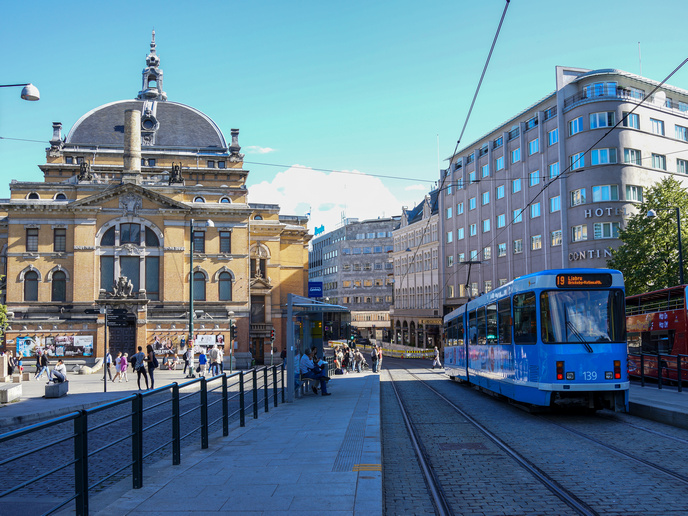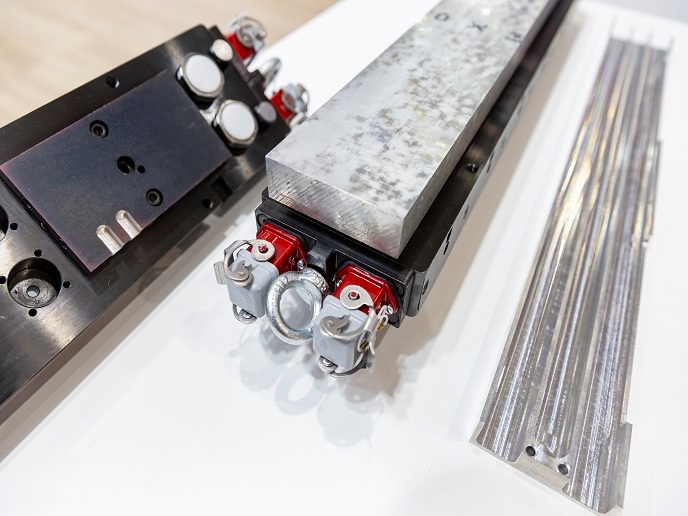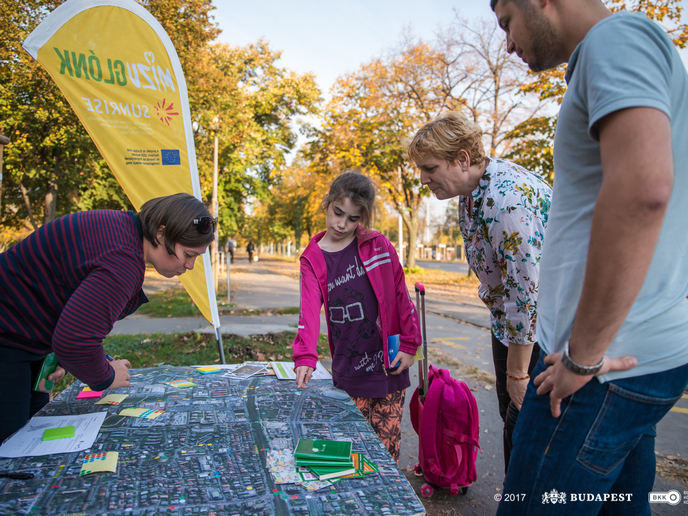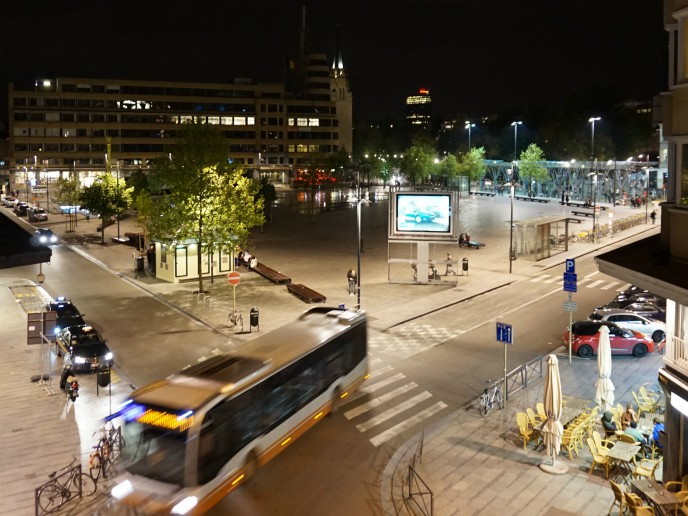Strengthening urban mobility through integrated planning
Reducing emissions remains one of the greatest challenges to achieving sustainable mobility in the EU. In dense urban areas, implementing efficient, low-emission mobility needs to take account of the ever-growing transport needs of both goods and citizens. “There is no space for more vehicles in cities,” says MOVE21(opens in new window) project coordinator Tiina Ruohonen from the City of Oslo(opens in new window) in Norway. “The question therefore is how we design, plan and implement multimodal transport solutions that make it easy to get around and make our cities good places to live.”
Implementing promising transport solutions
The EU-funded MOVE21 project focused on the co-creation, testing and upscaling of promising transport(opens in new window) solutions across six European cities – Oslo, Gothenburg, Hamburg, Munich, Bologna and Rome. This project was not about developing and testing new technologies, but rather about combining existing tech with non-tech innovation in more effective ways. MOVE21 supported the development of different types of mobility hubs and new innovations such as mobility hotels(opens in new window) and multifunctional neighbourhood hubs, some of which included shared charging infrastructure. At the same time, it sought to identify innovation barriers in regulation and urban planning. “The key thing is that we took an integrated approach to urban mobility, including the need to move both people and goods around,” notes Ruohonen. This work was carried out at three levels. While many innovations were implemented at the local level, efforts were also made to encourage new ideas at the governmental level, where systemic change can take place. Findings also fed into the EU’s trans-European transport network(opens in new window) policy, a key instrument for planning and developing a coherent, efficient, multimodal and high-quality transport infrastructure across the EU.
New approaches to urban mobility
A range of interesting approaches to urban mobility were implemented across the six cities. In Hamburg, city-led social services worked together with private logistics providers to pilot multifunctional ‘neighbourhood hubs’. Issues taken into consideration included neighbourhood-scale logistic operations such as deliveries. Cargo bikes were used in last-mile deliveries or first-mile pickups. “Ideas like this take community needs as the starting point,” says Ruohonen. In both Gothenburg and Oslo, private and public actors gathered in one space to provide emission-free urban logistics. Networks of shared cars were also explored, along with cargo bikes and private bikes to supplement car sharing and increase the overall attractiveness of public transport. In Bologna, some 30 mobility hubs were developed with the aim of promoting active and green travel, while integrating logistics services such as parcel lockers.
Integrating urban logistics and citizen transport
The project, which was led by cities, has already resulted in some systemic changes. Gothenburg for example has altered some parking policies, and many insights have found their way into policy documents. “In this project, we were able to showcase in concrete ways the benefits and potential of integrating urban logistics and citizen transport and sharing resources,” explains Ruohonen. “Next steps include looking at how to put things we tested into practice.” Dialogue is continuing at the EU level, with the aim of ensuring long-term impact. The identification of regulatory barriers should prove useful in terms of improving legislation. “Our hope is that the innovations that have come out of this project will have an impact at the local, national and EU levels,” adds Ruohonen.







